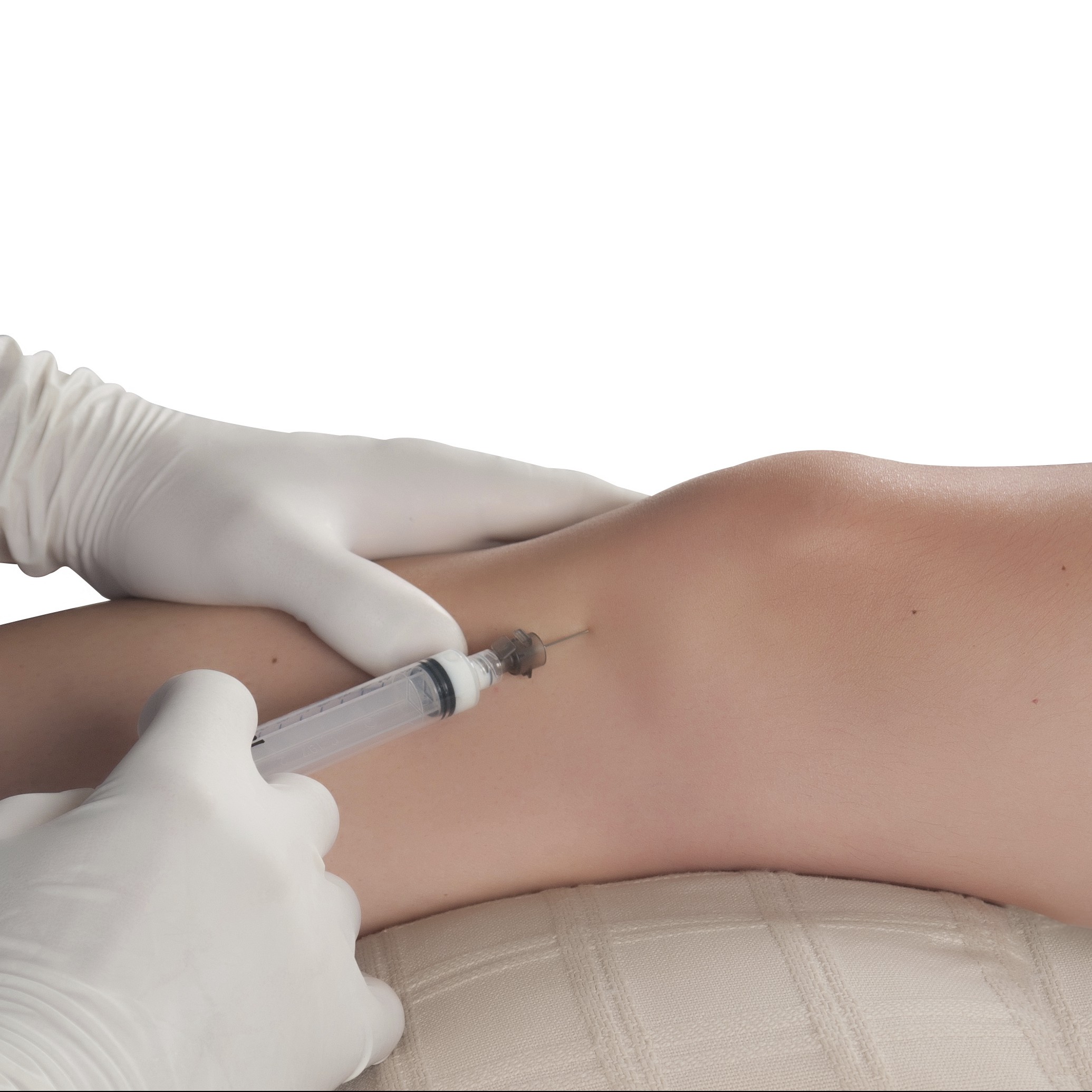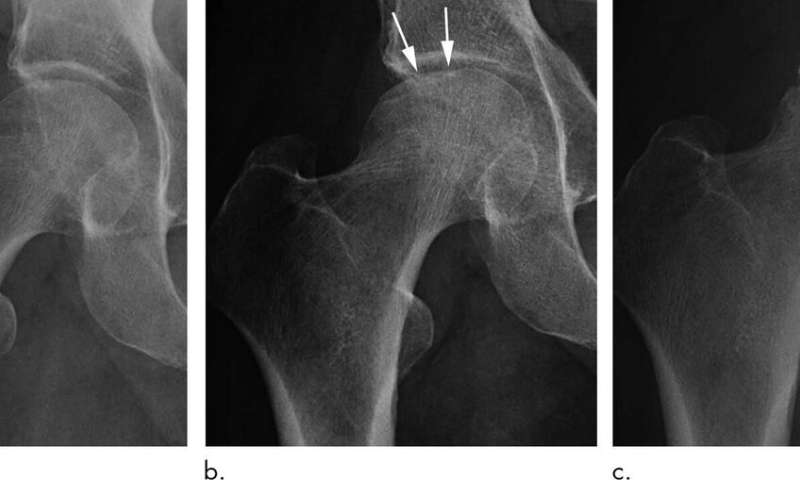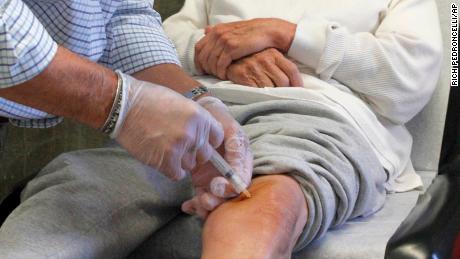

Berman or Andrea is you are allergic to chicken products. Some patients have reported occasional rash.(About 2% of all injections) If the fluid accumulation is prolonged or painful call our office. The most commonly reported side effects are temporary pain, swelling and/or fluid accumulation in the injected knee.Synvisc is typically very well tolerated but Dr, Berman wants you to know about some potential problems. The injection can be repeated twice per year. Often patients can get as much as 6 months relief from their pain with a product called Synvisc. It works best with moderate degenerative joint disease but can also give relief in some cases to patients with advanced disease. The injection is a thick fluid that binds with your own articular cartilage and joint fluid to give your knee an increase in the “hydraulic” fluid mechanism of your knee joint. He will discuss whether you are a candidate for these injections.
Care after steroid injection in knee series#
Berman may elect to try improving your knee function through a series of injections called viscosupplementation. Berman’s office immediately at 81 or Andrea Wylie, RN at 81 if you notice any of the following signs or symptoms:ĭr.
Care after steroid injection in knee skin#

Here is some information that he would like you to know: However, many patients experience significant decreased swelling, decreased pain, increased range of motion, and improved function. Please note that not everyone will have a lasting response following the injection. Berman may elect to inject your joint with a steroid fluid or “cortisone” in order to reduce the pain and inflammation that you may have experienced. Your doctor may schedule repeated treatments if necessary.Instructions following knee injections steroid injectionsĭr. Treatment may involve one or more injections spread over a few weeks. Joint injections may be effective for a few weeks to 6 months or longer. Avoid heat exposure and any work that may stress your affected leg for a few days.You may be asked to ice the injection site.You will need to spend some time in the recovery room under observation. After the injection, the pressure is applied to the injection site and a bandage applied.The steroids may be injected into a vein, muscle, soft tissue, bursa or tendon.Imaging guidance such as ultrasound or fluoroscopy may be used to accurately inject the drugs into the joint. The needle is injected into the soft tissue and advanced towards the joint and the drug is injected into the joint.Your skin at the injection site is cleaned with an antiseptic solution.Your doctor may draw a few lines on the skin to mark the injection site. Rest Up Our physicians recommend resting for at least 24 hours after getting home as the anesthesia wears off and the body starts to heal after the.

TechniqueĪ joint injection usually involves the following steps: A small amount of joint fluid may be extracted and sent for diagnosis prior to the procedure. The injection is combined with anesthetic to reach a larger area and provide some pain relief until the steroid has time to take effect. These anti-inflammatory medicines reduce swelling and pain. The shot typically contains a steroid like triamcinolone. Inform your doctor if you are allergic to any medicines or anesthesia. Overview What is a bursa injection Bursa injections treat bursitis pain. Talk to your doctor about the medicines you are taking, especially blood-thinners. Steroid injections are recommended by your doctor if you suffer from painful knee conditions including: Steroid injections are often combined with other treatment options such as physical therapy, other medications, and occupational therapy. Steroids are synthetic drugs that resemble cortisol and are used in treating joint pain. Cortisol is a hormone that is naturally produced in the human body and functions to reduce stress and inflammation. Knee steroid injections involve administration of medicine through a needle into your hip to relieve pain and inflammation.


 0 kommentar(er)
0 kommentar(er)
